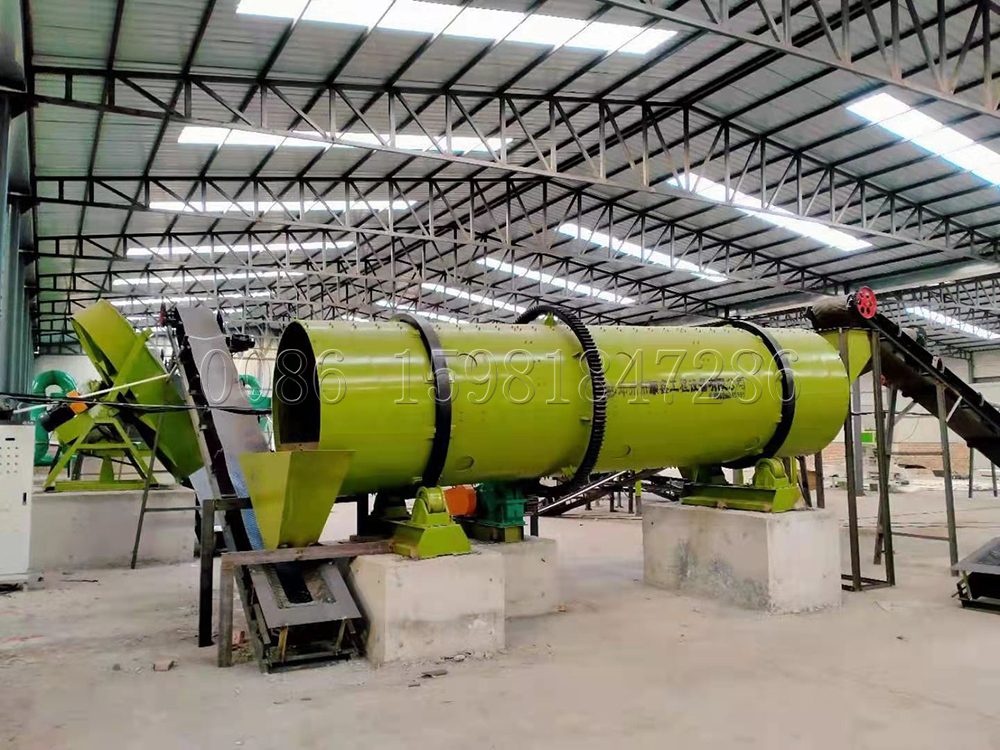Method for removing rust from livestock manure treatment equipment
The common rust phenomenon is generated by the oxidation-reduction reaction of iron in an oxygen environment, and most of equipment in the industrial industry are made of steel materials, so they are also prone to rust. The following are several methods to remove rust.
1. Manual removing. Manual removing generally uses tools such as hammers, spatulas, scrapers, wire brushes, etc. However, its labor intensity is high and the rust removing efficiency is low. It is difficult to remove oxide scale and other dirt. The rust removal effect is not good, and the specified cleanliness cannot be achieved.

2. Mechanical removing. There are many tools and processes for mechanical removing, mainly as follows:
(1) Small-scale air-driven or electric removing: It is mainly powered by electricity or compressed air and equipped with appropriate rust removal device. Then it can reciprocating or rotating movement to meet the requirements of rust removing in various occasions.
(2) Shot blasting removing: It’s mainly composed of particle jet erosion to achieve surface cleanliness and suitable roughness.
(3) High-pressure water abrasive removing: It use the impact of high-pressure water jets and water skid to destroy the rust and adhesion of the coating to the steel plate.
(4) Chemical removing: It mainly uses the acid of livestock manure equipment to chemically react with metal oxides to remove the rust products on the metal surface, which is commonly referred to as pickling and rust removal. It can be operated in the workshop.
The above is the details of the methods of removing the animal manure equipment rust. The two methods use different processes and tools and they have different effects. Zhengzhou Shunxin Engineering Equipment is an environmental high-tech enterprise specializing in the research and manufacture of fertilizer equipment. The company has introduced internationally advanced medium and large-scale finishing equipment and has a professional team composed of experts, professors and senior engineers. Welcome to contact us for more information.

